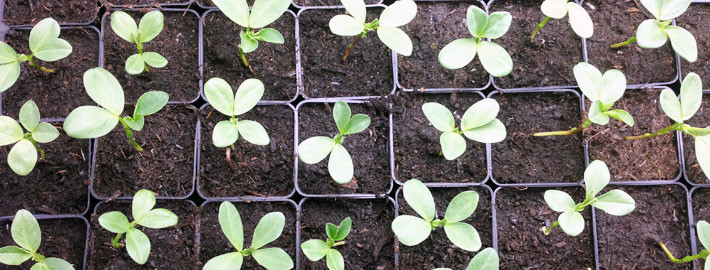Plant Communication
Plants are dynamic and highly sensitive organisms that actively and competitively forage for limited resources, and not passive entities, merely subjected to environmental forces.
Plants can accurately compute their circumstances, use sophisticated cost benefit analysis, and take defined actions to mitigate and control diverse environmental insults. They are capable of a refined self and non-self recognition, exhibit territorial behaviours and have complex communication skills. Communication and signalling in plants encompasses both chemical and physical communication pathways.
Plants communicate with animals; they attract them with colourful flowers or fleshy fruits to make sure their flowers get pollinated and their seeds dispersed. They use colours, odours, attractive substances, and rely on the services provided by animals.
Plants can communicate with other plants, mainly using volatile organic compounds (VOCs), which can trigger specific defensive responses in neighbouring plants.
Roots play a crucial role in the physiology of plants. Stress events at the root level induce the synthesis of signalling molecules that allow the communication between plants and other organisms. These compounds are also essential for the indirect defence of plants since they are perceived as “cry for help” from beneficial organisms in the trophic chain, plant-herbivore-carnivore (“body-guards”). Despite its crucial importance for the development of the whole plant, the root system has not yet been adequately investigated, and LINV is exploring the role of roots in plant communication.
LINV projects:
• PRIN 2012: how the rhizosphere interacts with the aboveground armament for indirect and direct defense against abiotic and biotic stressors (PRO-ROOT)- web page of the project
• ROOTS – Intra-European Fellowships – IEF Call: FP7-PEOPLE-2012-IEF
• Plant-animal interactions: Avicenia marina and Cerithidea decollata, study in a Kenyan mangrove forest. Many intertidal species perform regular migrations during the tidal phase, settling in places most suitable for their survival. These migrations are in synchrony with local tidal cycles and can be under the control of internal and/or external cues. We conducted studies on the gastropod Cerithidea decollata in a mangrove forest in Kenya (Mida Creek) in collaboration with the zoologist Prof. Vannini. This mangrove forest is dominated by Avicennia marina trees in the upper mangrove belt. These snails are known to feed on the ground at low tide and climb up the trunks 2-3 hours before the arrival of water, settling about 40 cm above the level of the incoming tide. To unravel possible mechanisms that could explain how snails can predict the height of the incoming tide, we are currently assessing the role of some key soil parameters (e.g. soil salinity and pH) and looking at the volatile organic compounds emitted by Avicennia marina, as plants could react to changes in soil salinity oxygen concentrations by releasing volatile organic compounds. In addition studies are conducted to determine to variations in electrical signals in the mangroves in response to tidal water movement.










